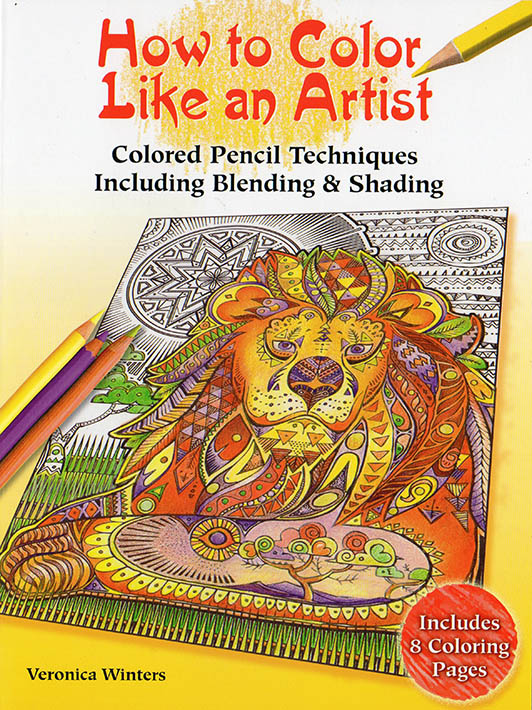Symbols of transformation in art can represent various concepts, such as growth, change, rebirth, and metamorphosis. They represent the process of personal growth, which is often painful and difficult but because we’re able to overcome our challenges, the process of transformation happens to renew our souls. As a result, symbols of transformation in art, music and literature often represent the journey of the soul or the process of self-discovery. Here you’ll find some of the most common symbols of transformation, most of them having multiple meanings depending on context and culture.
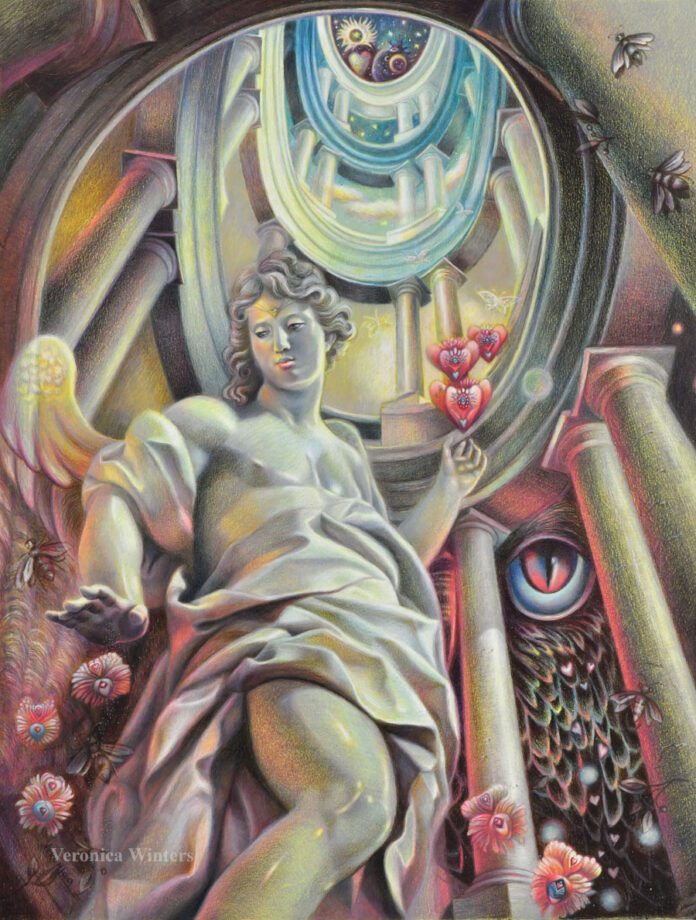
What are the symbols and meanings of transformation in art?
Tree
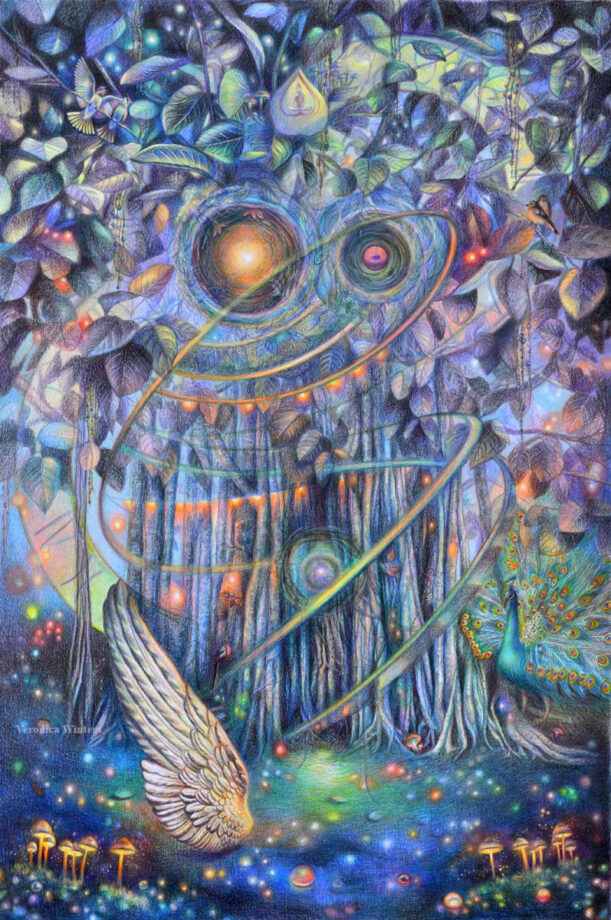
The tree is a common symbol of growth and transformation because it grows from a seed into a large, complex organism. It can also represent strength, stability, and resilience. The concept of a “Tree of Life” is present in every ancient culture on our planet. It has the everlasting quality and wisdom, connecting the Earth to both Heaven and the Underworld.
The Aztecs believed that gods traveled up and down the Ceiba tree, a cotton tree with a large, broad trunk. Some scholars believe it served as a model for the Mesoamerican world tree, connecting the underworld, earthly realm, and heavens.
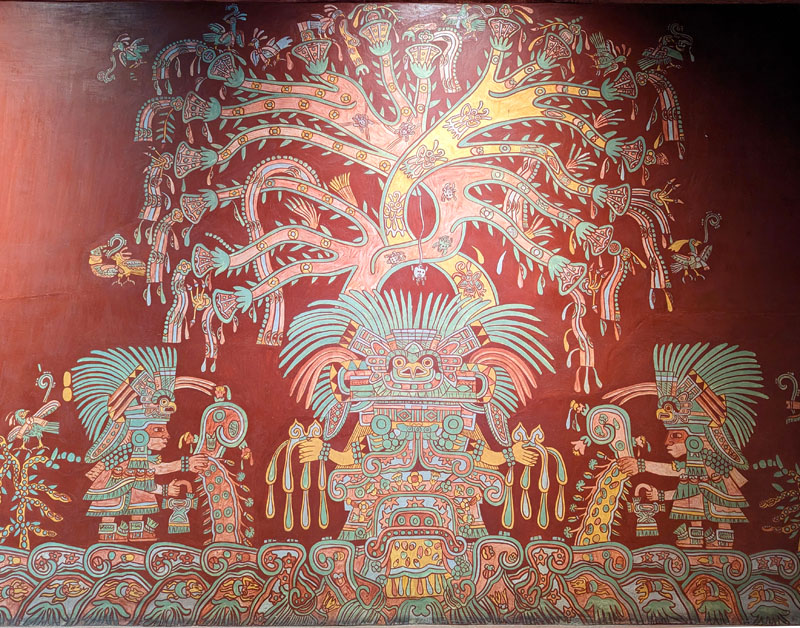
Water
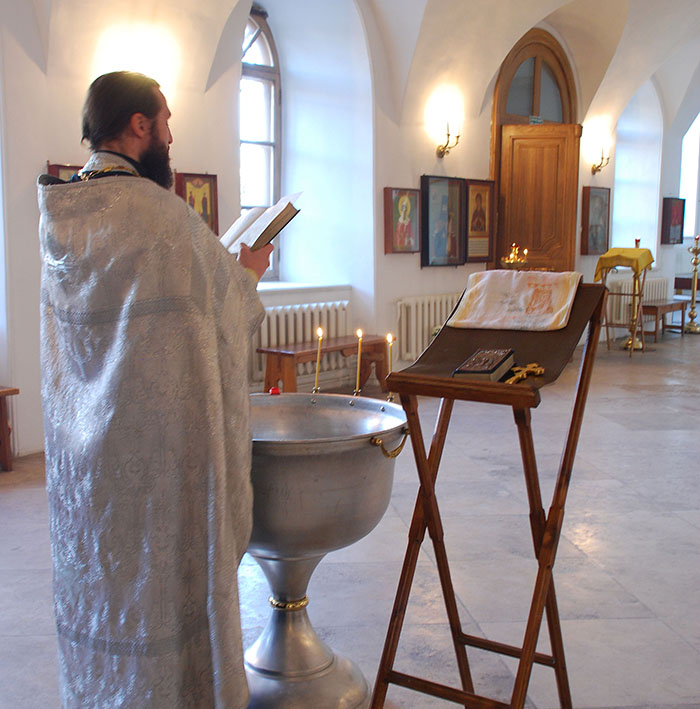
Water is a powerful symbol of transformation in art, representing the ability to cleanse, purify, and renew oneself. It’s constantly changing form and shape, from liquid to vapor to ice. In myths and art we often see gold or silver chalices filled with water to use in mythical ceremonies. In Christian religious ceremonies water represents purification, renewal, and regeneration.
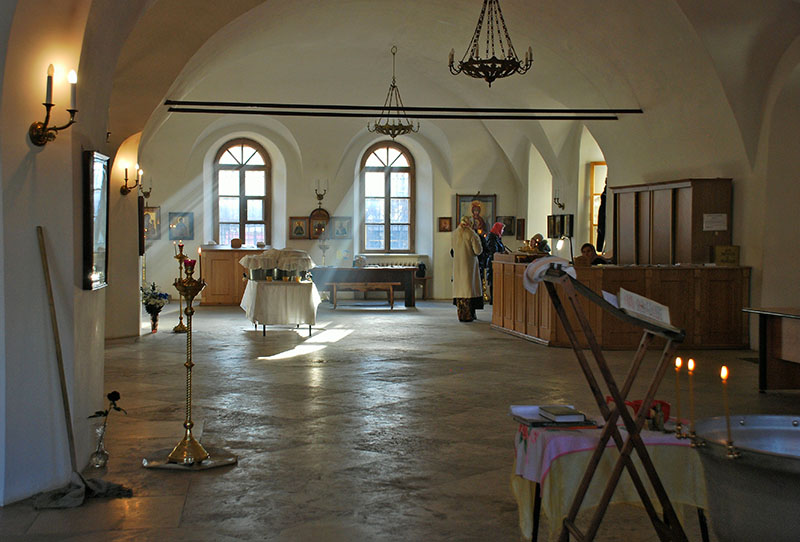
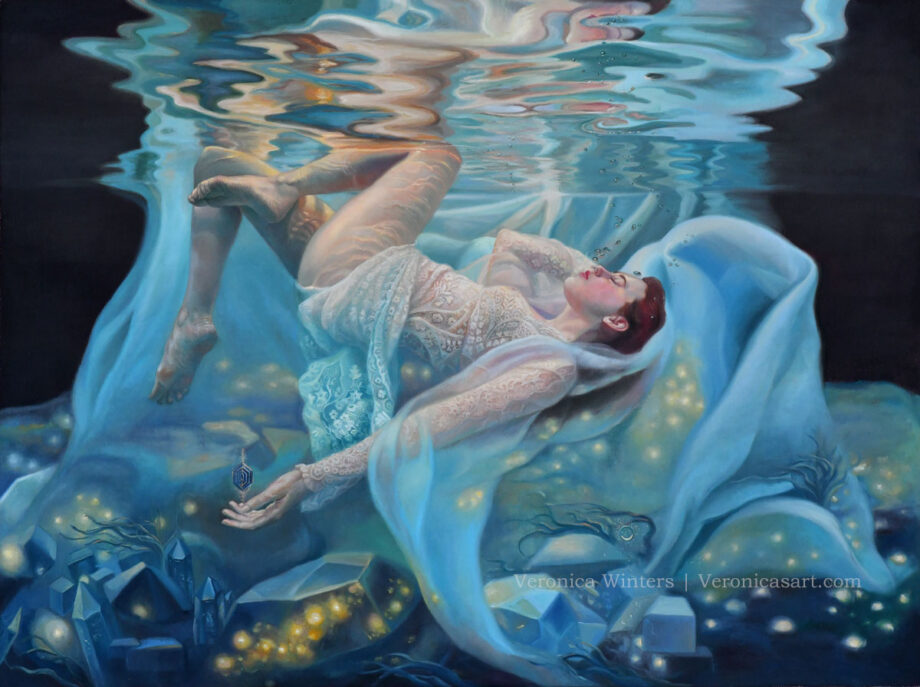
Butterflies
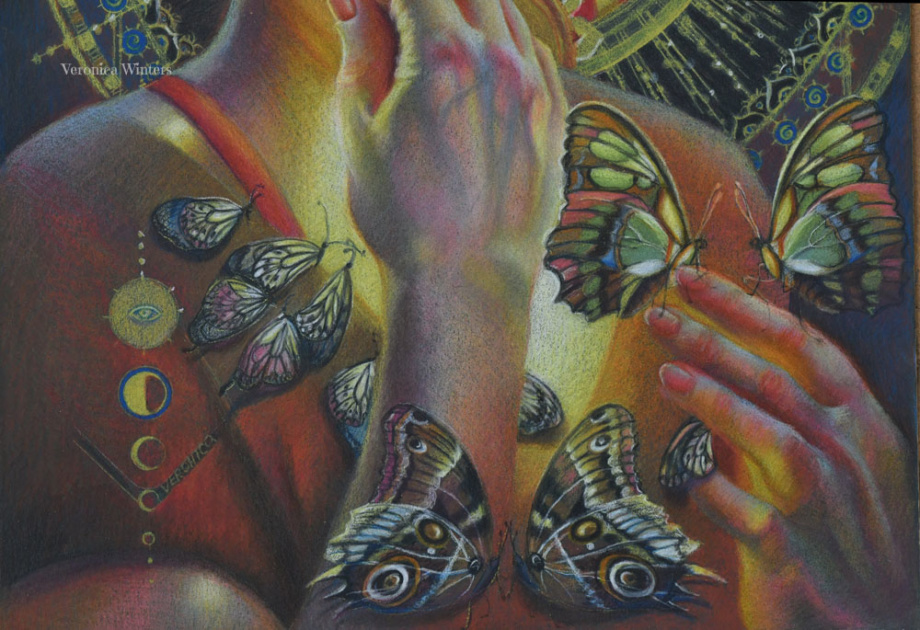
Butterflies are often used as symbols of transformation in art, representing the process of metamorphosis from a caterpillar to a beautiful winged creature. It’s seen as a symbol of rebirth, renewal, and resurrection. It can also represent the journey of self-discovery, as the caterpillar must shed its skin and emerge from its cocoon in order to become a butterfly. The butterfly is a symbol of transformation because it begins its life as a caterpillar and then undergoes a metamorphosis into a beautiful butterfly. This process can be seen as a metaphor for the journey of the soul, as we all undergo changes and transformations throughout our lives.
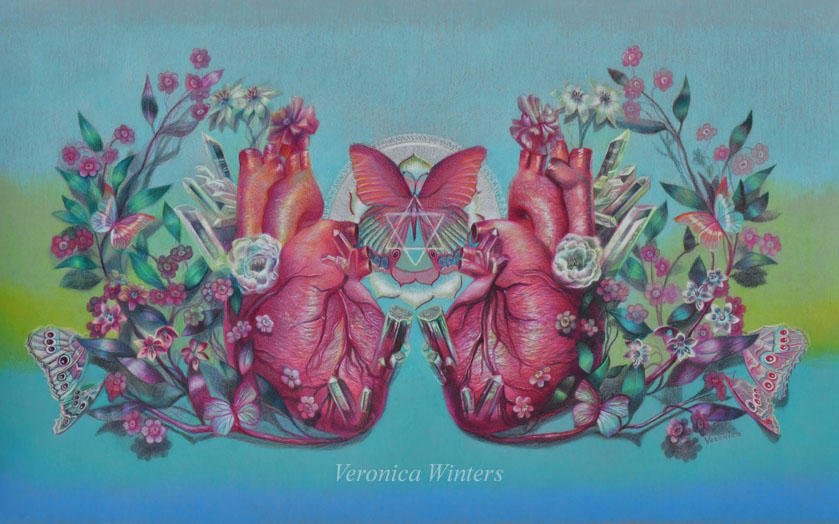
Moth – Similar to the butterfly, the moth is also a symbol of transformation due to its metamorphosis from a cocoon. However, it is often associated with darker, more mysterious transformation.
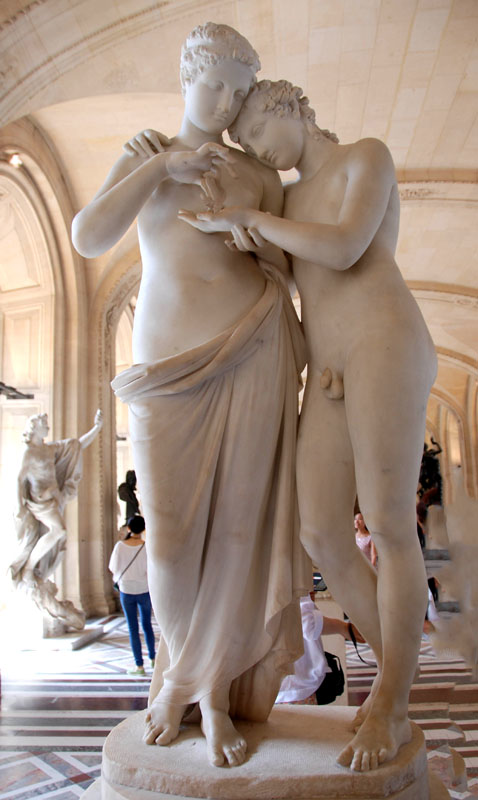
The lotus
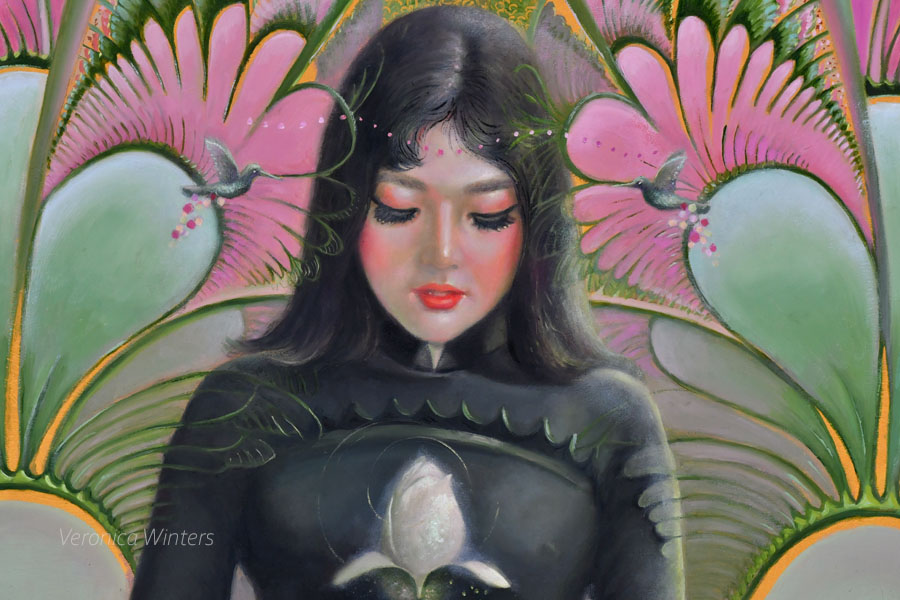
The lotus is a symbol of purity and enlightenment in Asian cultures, as it grows from the mud at the bottom of a pond and emerges into the sunlight. It can represent the journey of spiritual growth, as we strive to rise above our limitations and achieve a higher level of understanding. We often see the representation of Buddha and Bodhisattvas sitting on an open lotus.
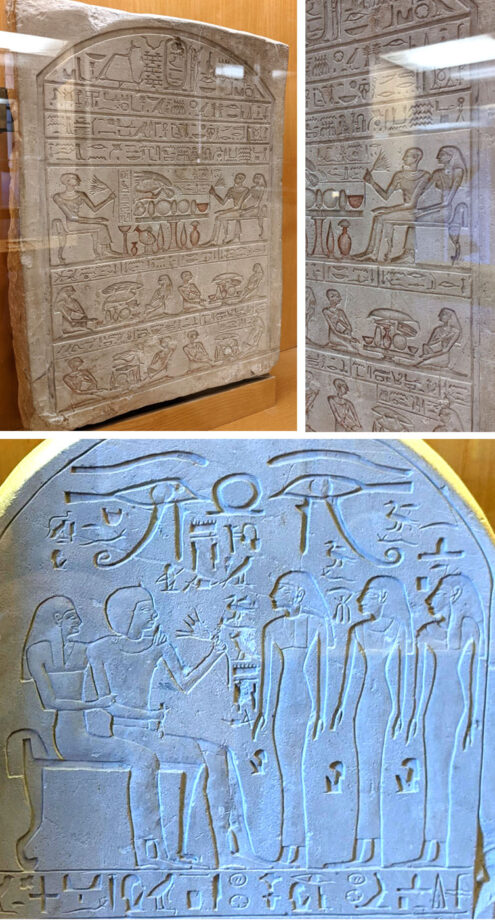
We can find the depictions of the blue lotus in Egyptian culture that is said to have psychedelic powers. The lotus grows in muddy water and yet produces beautiful flowers that can be seen as a metaphor for the process of overcoming adversity and finding beauty in the midst of darkness.
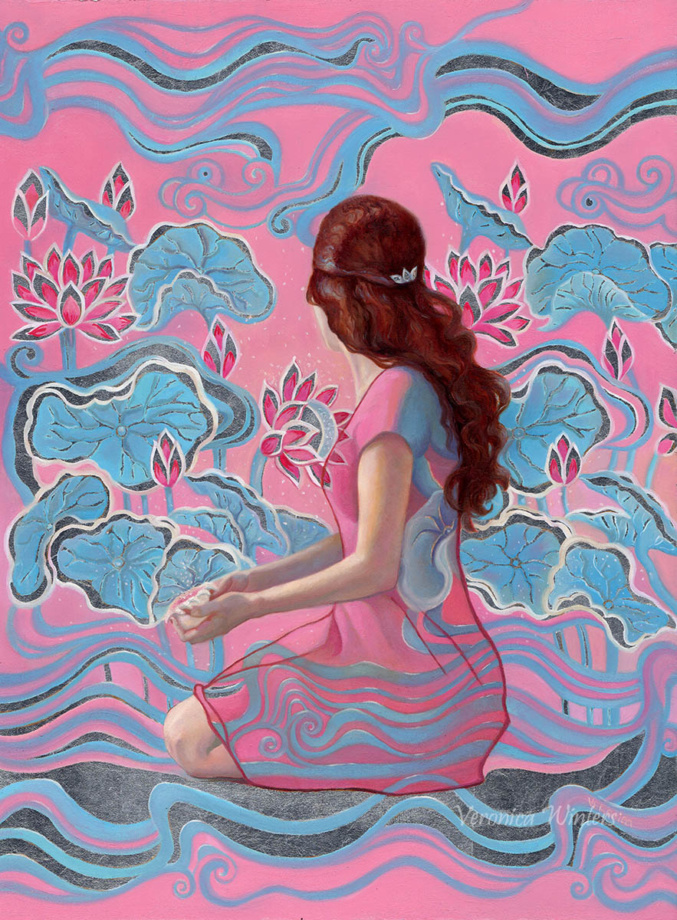
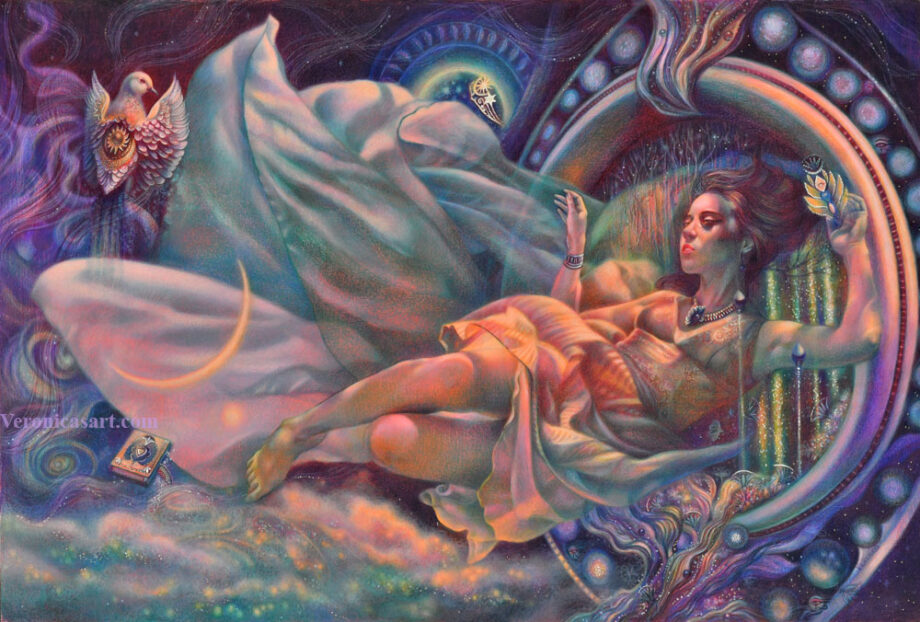
The yin and yang
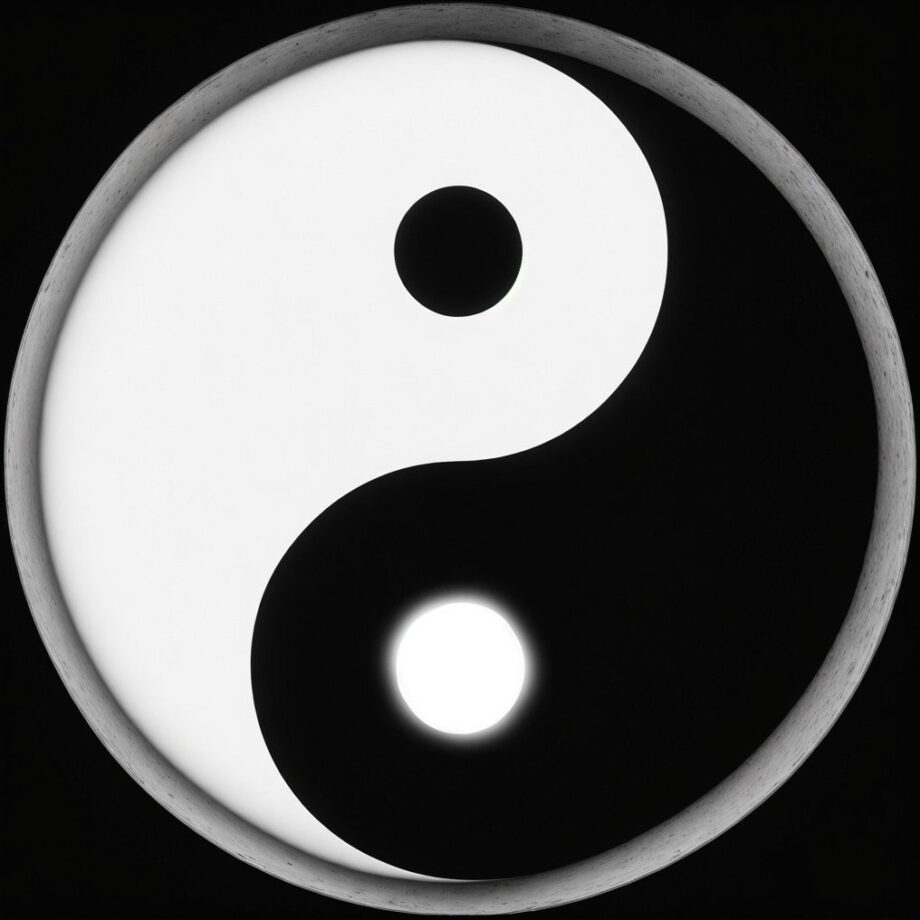
The yin and yang symbol is a symbol of balance and harmony. It can represent the duality of nature, as everything has its opposite. It can also represent the journey of self-integration, as we strive to find balance within ourselves. We must have both light and dark to live in balance and understand and experience all feelings. Nature also finds harmony in this constantly shifting duality.
The triquetra
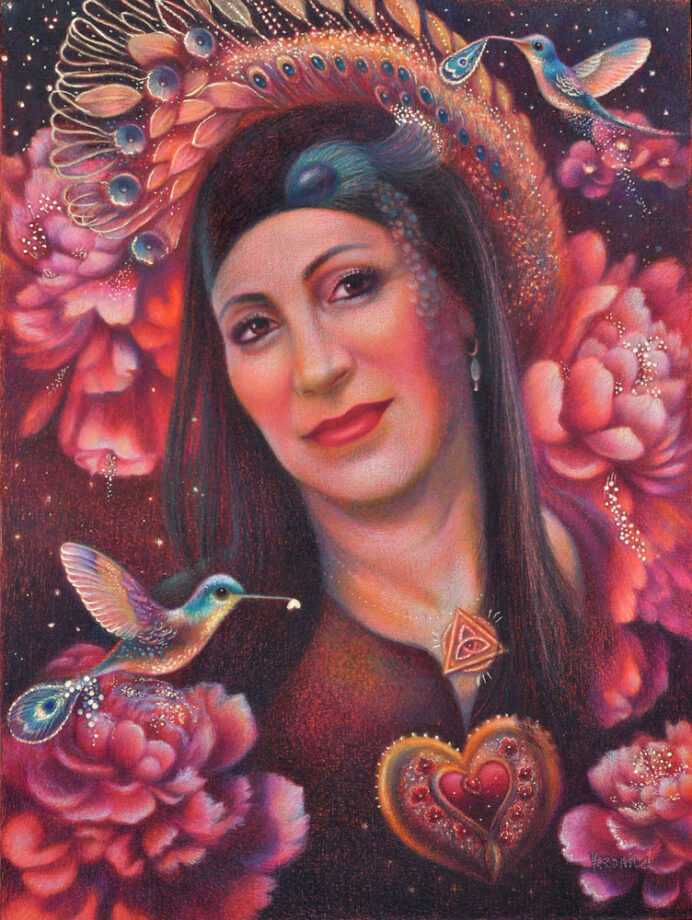
The triquetra is a symbol that has been used by many cultures and religions throughout history, but it is perhaps best known as a Celtic Trinity Knot symbol that represents the concept of unity and interconnectedness. The word “triquetra” comes from Latin, and it means “three-cornered.” The symbol itself consists of three interlocking loops or arcs, forming a shape that resembles three interconnected circles or a trefoil knot.
In Celtic culture, the triquetra was often used to represent the three aspects of the goddess, or the three realms of earth, sea, and sky. It was also used as a symbol of the Holy Trinity in Christianity, with the three loops representing the Father, Son, and Holy Spirit. In other cultures, the triquetra has been used to represent other concepts such as past, present, and future, or birth, life, and death. It has also been associated with various mystical and spiritual beliefs, such as the power of threes and the interconnectedness of all things.
Snake
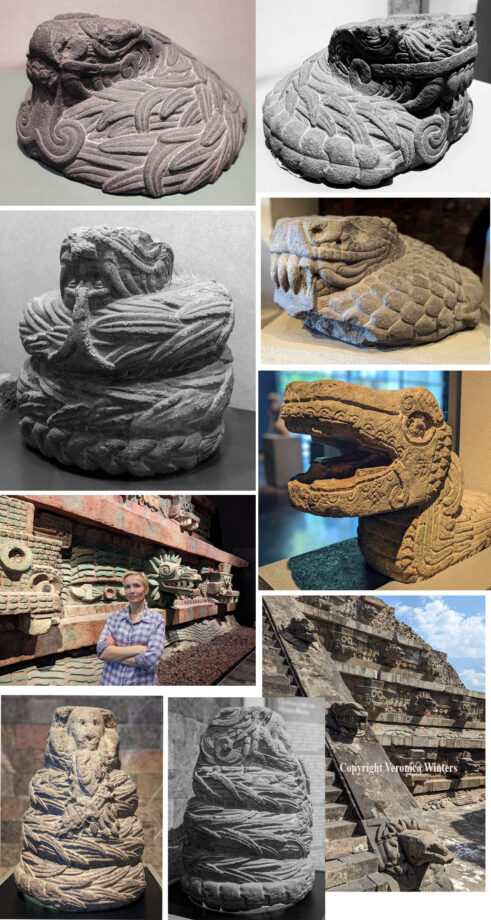
The snake is a symbol of transformation in many cultures because it sheds its skin and emerges with a new, fresh appearance. It can also represent healing and wisdom. In some ancient Latin American cultures snakes represented the energy of everything living. The Mexica’s conceptually related serpents to water, earth, sky and rebirth, depicting them traveling across the sky. In Mayan “stone of the sun”, fire serpents carried the sun across Heaven.
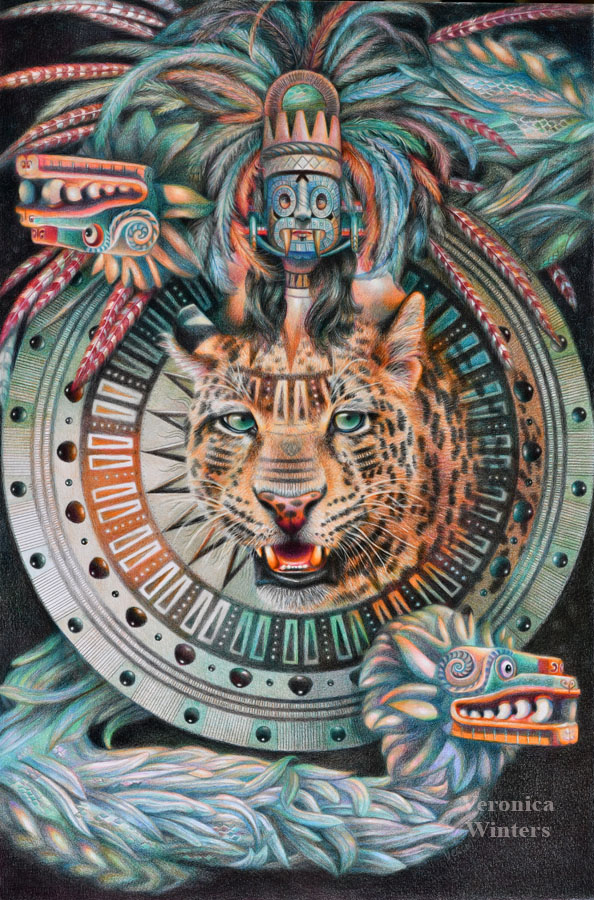
The octagon and the star octagram
The octagon and the star octagram is a polygon with 8 sides and angles. We find it as the shape of buildings and rooms. It is also one of the most beautiful geometric shapes in Islamic art and architecture, where it is used in the design of mosques, carpets, and other decorative objects.
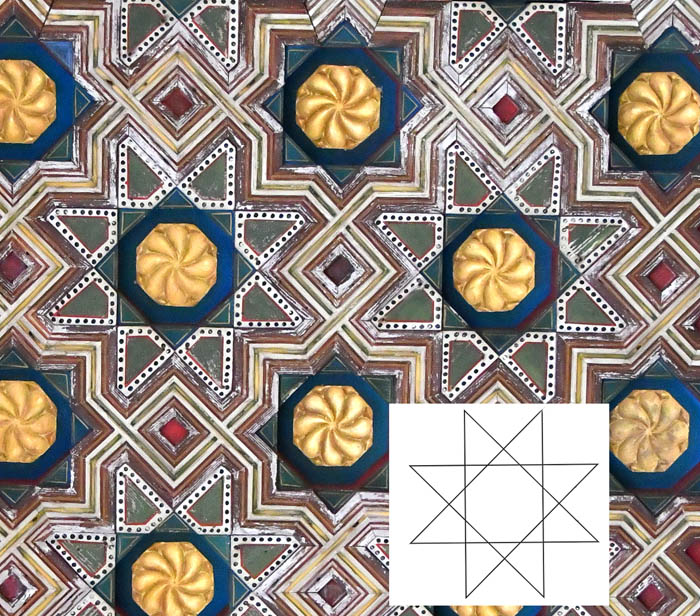
The star octagram, also known as the octagram, is a shape that consists of two overlapping squares, forming an eight-pointed star. The octagram said to represent balance, harmony, and the connection between heaven and earth. In some contexts, it is also associated with magic and mystical beliefs. In Christianity, the octagram has been used as a symbol of resurrection and new life, as it is formed by combining the square (representing the earthly world) with the circle (representing the divine or heavenly realm). In Jewish tradition, the star octagram is known as the Star of David and is a symbol of the Jewish people and their faith.
The Phoenix
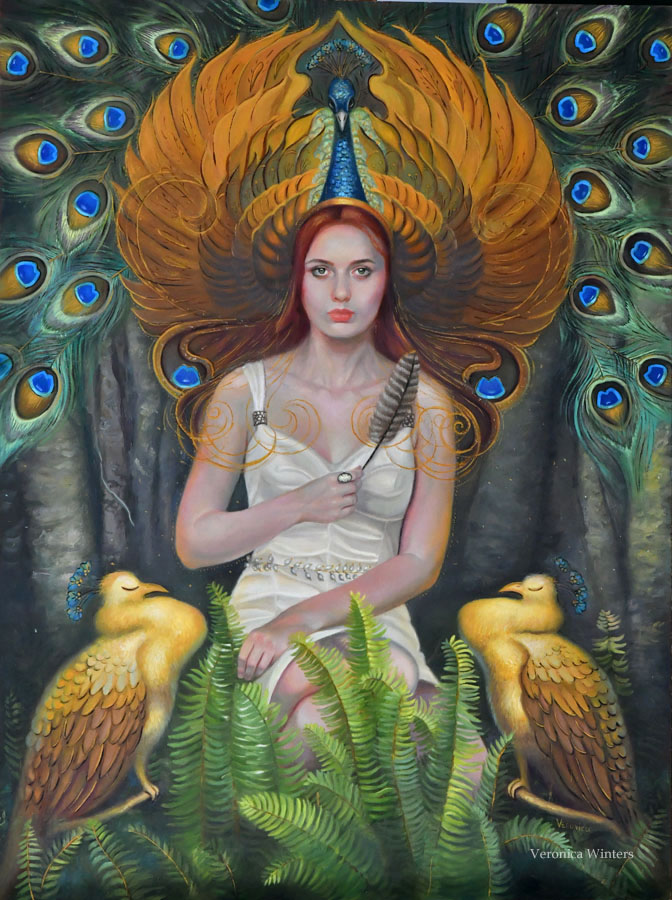
Birds – Birds are often used as symbols of transformation in art, particularly in Native American and ancient Egyptian cultures. They represent the ability to soar to new heights and transform oneself. The phoenix is a mythical bird, a symbol of rebirth, as it is said to rise from the ashes of its own destruction. It’s often depicted in red-yellow colors mimicking the fire. It can represent the hope that even after a difficult time, there is always the possibility of renewal, as we all have the ability to overcome challenges and come out stronger on the other side. The phoenix is a powerful symbol of transformation, resurrection, and immortality.
The Hummingbird
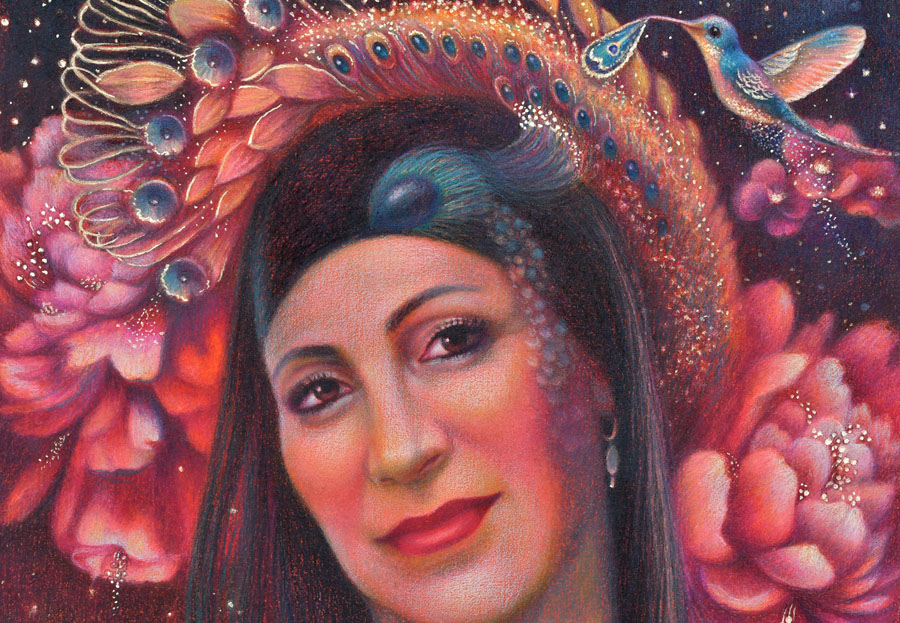
A spiritual symbol, the hummingbird is a tiny, colorful bird that is known for its rapid wing beats and ability to hover in the air. In many cultures, it is considered a symbol of joy, love, beauty, and positive energy. Its presence is believed to bring joy and happiness, and it is often seen as a messenger of hope and renewal.
In Native American traditions, the hummingbird is often seen as a messenger of joy and happiness. Its rapid wing beats are believed to create a vibration that can bring positive energy and lightness of being to those around it. The bird is also associated with love and harmony, and its presence is said to be a sign of good luck in matters of the heart. In other cultures, such as in Central and South America, the hummingbird is associated with energy, vitality, and transformation. Its ability to hover in the air is seen as a symbol of agility and adaptability, and its brightly colored feathers are believed to represent the sun and its life-giving energy.
Masks
Masks are often used as symbols of transformation in art, particularly in African cultures. They represent the ability to transform oneself into a different being or persona. The Venetian masks counseled the real person in carnivals. Artists often use the mask as a symbol of revealing your true self “once all masks get removed” metaphorically speaking.
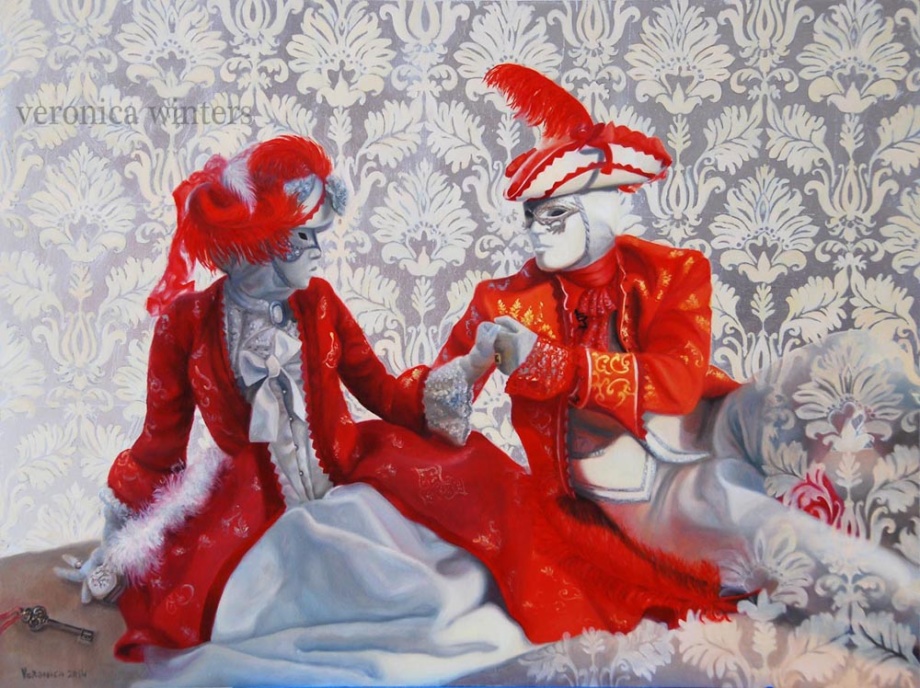
Skull
Although the skull is associated with death and the impermanence of life, it can also be seen as a symbol of transformation because it represents the cycle of life and death, or the idea of rebirth or transformation after death.
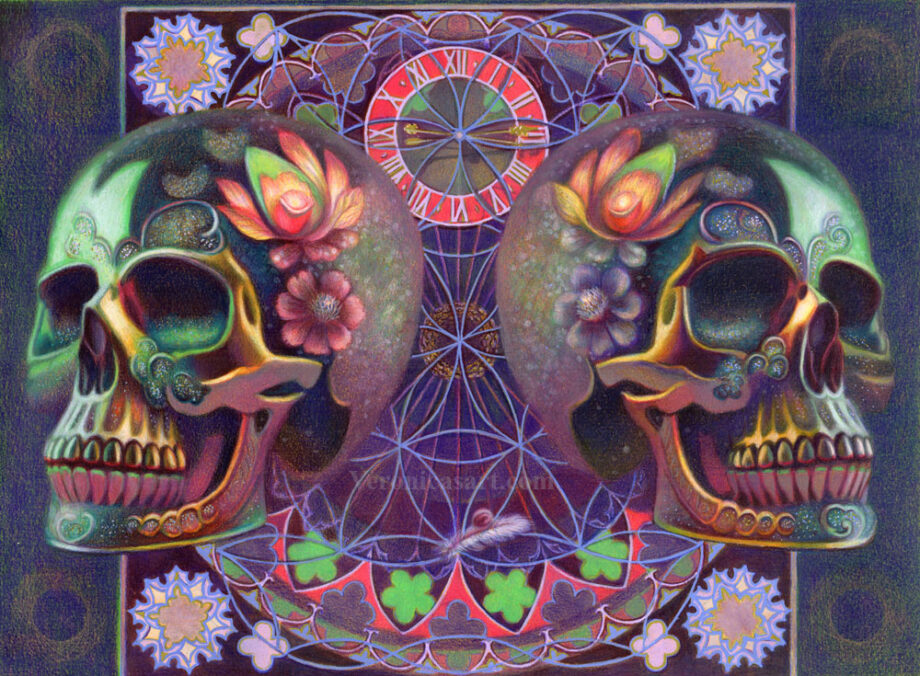
The Wheel & Circles
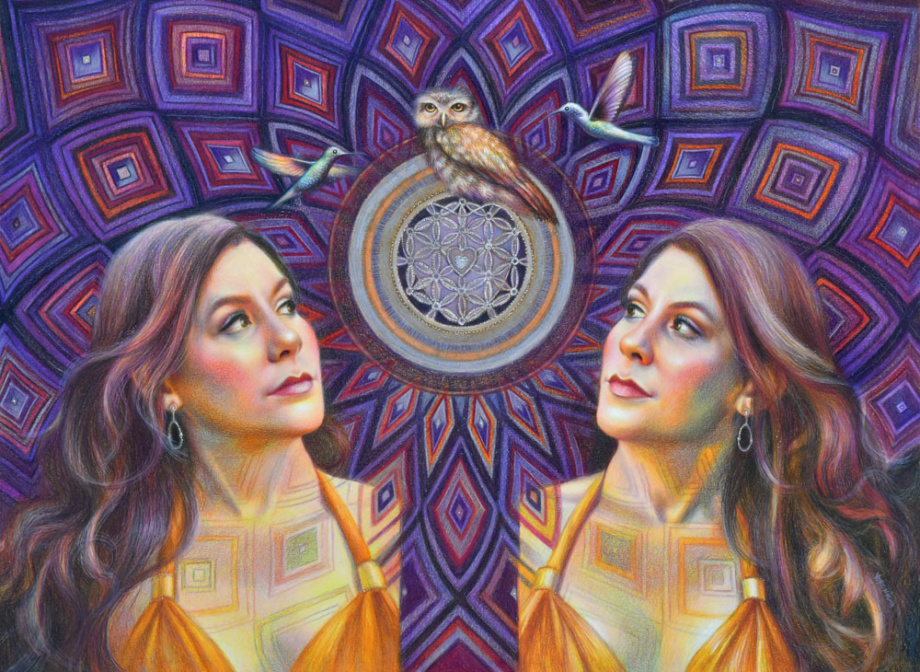
The wheel is a symbol of transformation because it represents the cycle of life and death. This can be seen as a metaphor for the journey of the soul, as we all go through cycles of growth and change throughout our lives.
Circles are often used as symbols of transformation in art, as they represent the cycle of life and the process of change and growth. Circles are often the depictions of the divine in life. Circles become a part of many geometric shapes in sacred geometry including a geometric pattern-the flower of life.
The Sun
The sun has various interpretations depending on culture and time. In Egypt, the god of the sun was Horus often shown in a human form with a falcon head that was also represented as a beetle crossing the sky. Horus held the supreme power over the universe as creator and sustainer in Egyptian mythology.
“The god of the rising sun grants life and dominion over all that the sun encircles for one million one hundred thousand years…”
Ancient Egyptian sign. the Met
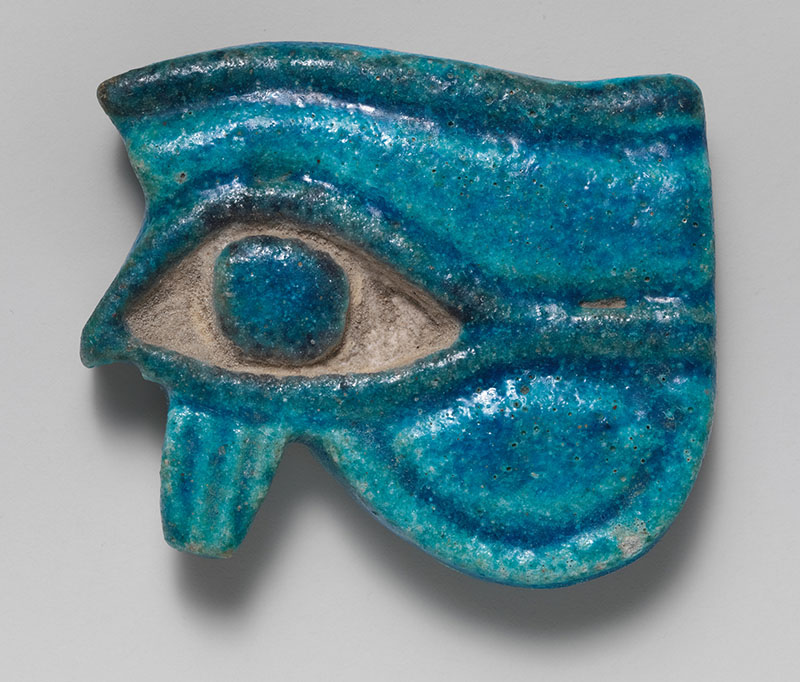
The Egyptian god Horus had a human body and the head of a falcon. His eye represents the sun, whose setting and rising symbolizes loss and recovery in Egypt. | http://www.metmuseum.org/art/collection/search/243794
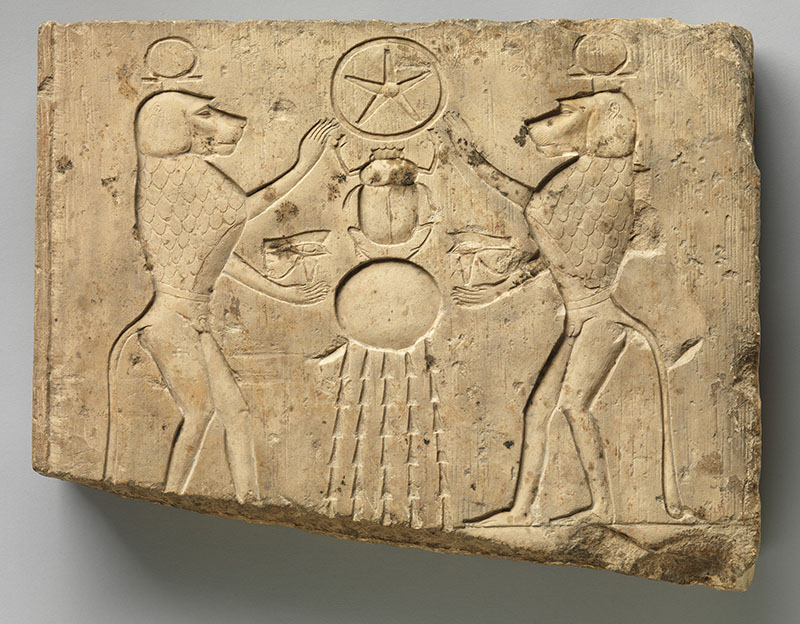
Two baboons offer wedjat eyes to Khepri, the newborn sun in a beetle form. Khepri (the beetle) holds a disk with a star above it that represents the Underworld. The sun with the rays is below the beetle. According to the Met, the baboons seem to represent Thoth because they hold the wedjat eye signs and wear the shen-rings on their heads that look like the moon disk and horns of the Thoth baboon. http://www.metmuseum.org/art/collection/search/549700
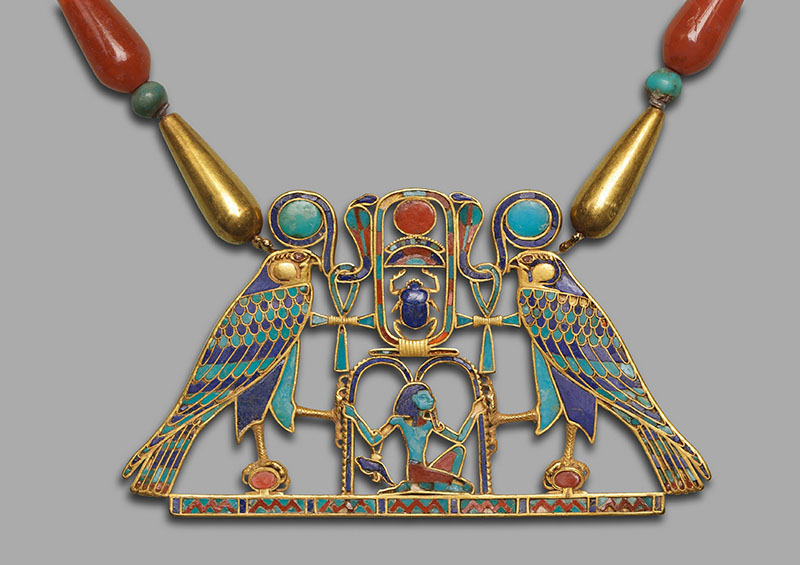
Reign: reign of Senwosret II, Date: ca. 1887–1878 B.C. Gold, carnelian, lapis lazuli, turquoise, garnet (pectoral), Gold, carnelian, lapis lazuli, turquoise, green feldspar (necklace).
http://www.metmuseum.org/art/collection/search/544232
I often update the articles. Sign up (in the footer of the website) to my monthly email to receive art inspiration right into your inbox!

